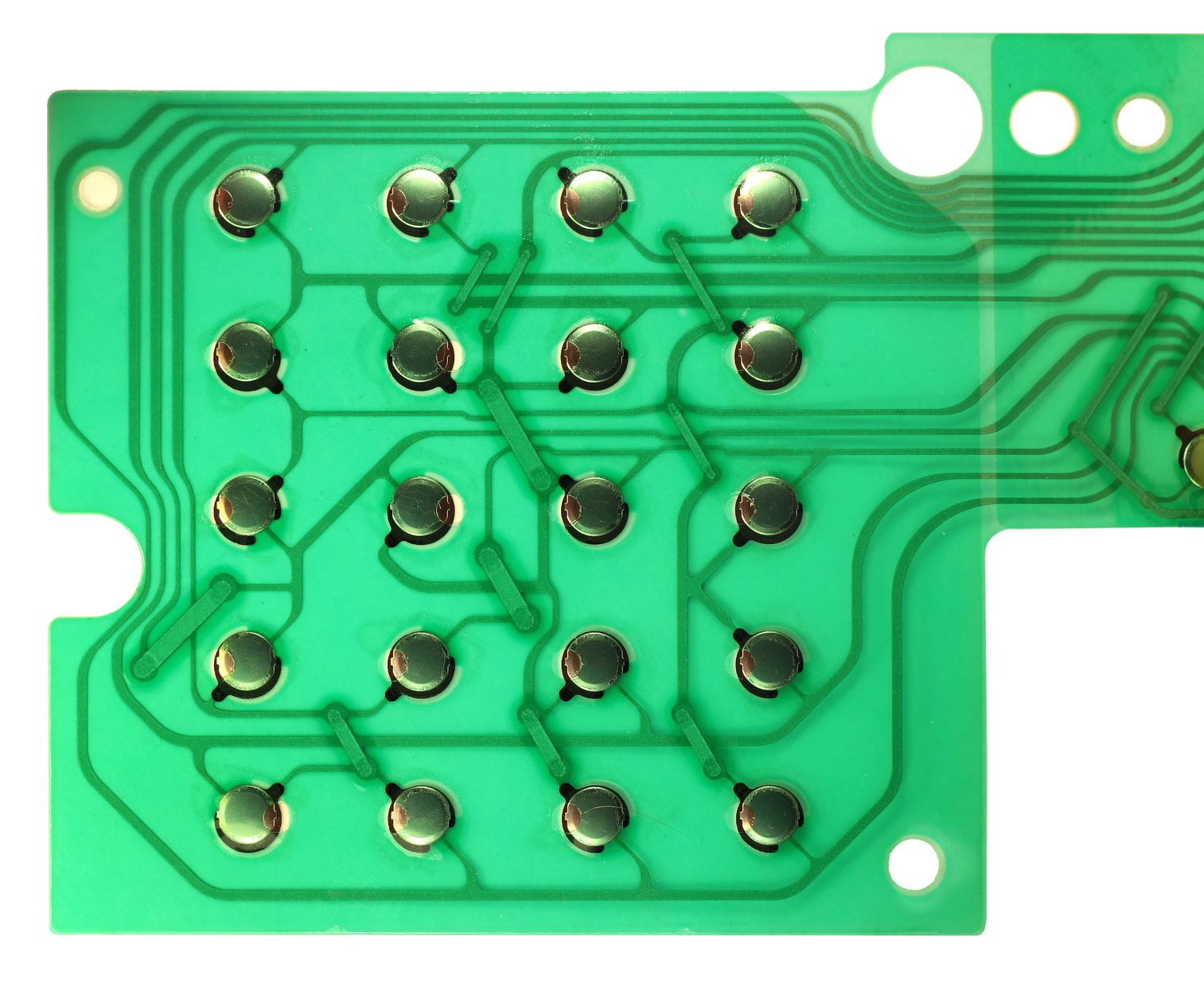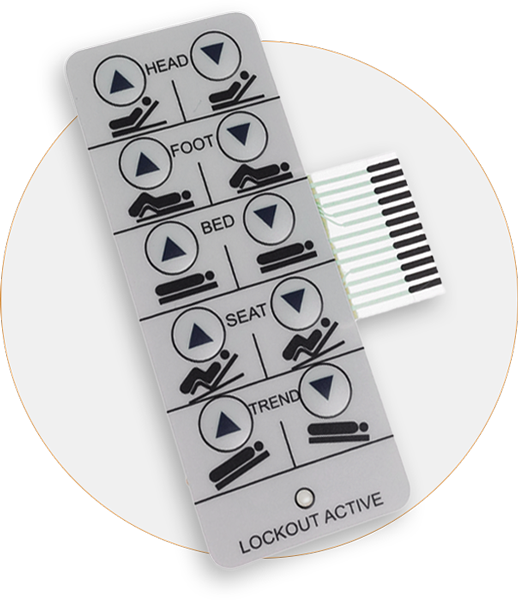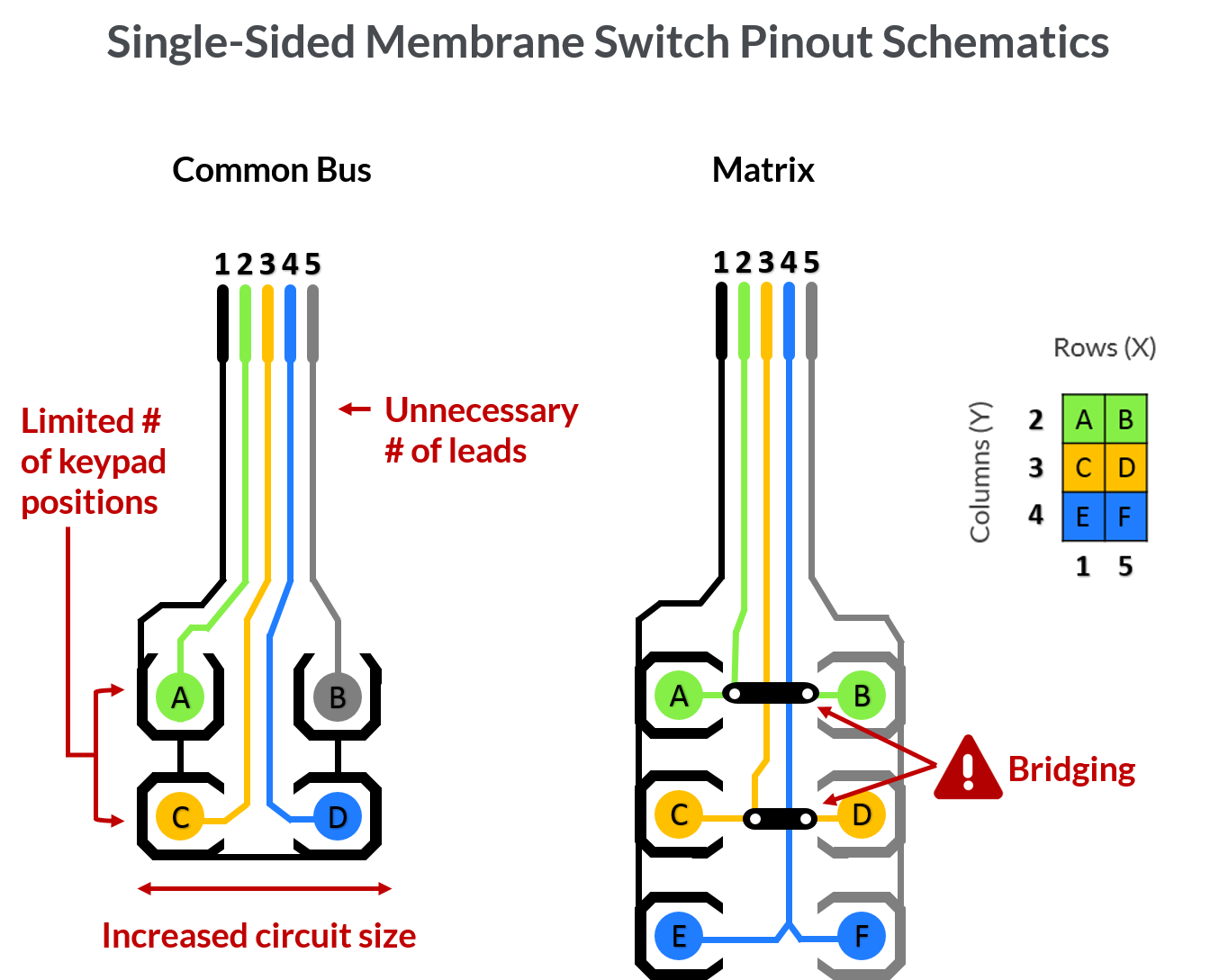The Role of a Membrane Switch in Modern Touch Interfaces and Controls
The Role of a Membrane Switch in Modern Touch Interfaces and Controls
Blog Article
The Role of Membrane Switches in Enhancing Device Functionality and Aesthetic Appeal
Membrane changes represent a substantial development in user interface modern technology, perfectly integrating usability with aesthetic appeal. Their design is not only practical, supplying responsive controls in a small type, however likewise customizable, allowing for one-of-a-kind branding and visual engagement. As sectors increasingly prioritize customer experience, the implications of these functions expand past simple comfort, influencing product layout and customer fulfillment. What remains to be discovered is exactly how these elements will progress in action to arising fads and technological advancements, shaping the future of human-device interaction.
Recognizing Membrane Layer Change Modern Technology

The graphic overlay works as the noticeable surface area, typically published with icons and tags that lead individual interaction. Beneath this layer, the spacer acts as a separator, ensuring that the conductive layer just makes call when a button is pressed. The conductive layer, usually made from a conductive ink or product, finishes the circuit and sends out signals to the tool's electronic devices.
Longevity is a significant advantage of membrane layer buttons, as they are resistant to moisture, dust, and impurities, making them ideal for various settings. In addition, membrane layer switches can be customized in regards to form, size, and layout, enabling producers to customize interfaces to certain tool requirements. This versatility adds to their extensive use across sectors, from customer electronic devices to clinical tools.
Functionality Advantages of Membrane Buttons
The functionality benefits of membrane buttons are noticeable in their intuitive design and straightforward attributes. These buttons help with simple communication by including responsive responses and identifiable symbols, which enhance the individual experience via clear interaction of function (Membrane Switch). The flat account of membrane switches over enables for very easy integration into various gadgets, reducing the discovering curve for customers not familiar with intricate controls
Additionally, membrane layer buttons are often designed with level of sensitivity in mind, enabling users to engage with controls effortlessly. This particular is specifically useful in environments where quick responses are vital, such as clinical devices and commercial machinery. Their resistance to moisture and pollutants further guarantees trusted operation, promoting customer self-confidence in varied settings.
Furthermore, membrane buttons can be personalized to match particular applications, accommodating unique individual needs and preferences. This adaptability cultivates a sense of ownership amongst customers, as they can interact with controls that really feel tailored to their requirements.
Visual Enhancements With Layout
Aesthetic enhancements play a significant function in the total charm and functionality of tools outfitted with membrane layer switches. These buttons supply versatile style possibilities that can be customized to fulfill brand name identity and customer preferences. The capability to include dynamic shades, personalized graphics, and varied appearances enables manufacturers to develop aesthetically striking user interfaces that reverberate with customers on a psychological level.
The versatility of membrane switch design additionally facilitates the combination of special forms and layouts, adding to a structured look that enhances the user experience. This not only makes gadgets a lot more eye-catching however additionally aids in intuitive navigation, as users can conveniently determine functional locations and controls. Furthermore, advanced printing technologies make it possible for the reproduction of detailed layouts and high-resolution photos, even more elevating the visual top quality.
Moreover, making use of backlighting in membrane layer buttons can considerably boost exposure and charm, specifically in low-light atmospheres. This mix of aesthetics and capability cultivates an engaging user experience, making devices not only more satisfying to utilize but additionally extra straightened with modern layout fads. Eventually, visual enhancements via cautious membrane layer button design can change common devices into compelling, user-friendly products.
Applications in Different Industries
In many sectors, membrane layer switches have my explanation actually become important parts that visit this website improve capability and use throughout a wide variety of gadgets. These ingenious buttons discover applications in sectors such as health care, consumer electronics, vehicle, and commercial equipment.
In the health care sector, membrane switches are frequently made use of in clinical tools, such as analysis tools and patient tracking systems, where they offer intuitive interfaces that boost customer communication while keeping hygiene. In a similar way, in consumer electronic devices, membrane switches assist in straightforward controls in devices, push-button controls, and pc gaming tools, providing seamless operation and aesthetic appeal.

Future Fads in Membrane Buttons
Arising fads in membrane layer buttons are readied to change interface throughout different applications, driven by improvements in technology and increasing consumer demands for performance and layout. One remarkable fad is the incorporation of capacitive touch technology, which supplies an extra receptive and contemporary individual experience contrasted to traditional mechanical switches (Membrane Switch). This shift not just boosts use however also enables sleeker device aesthetics
Furthermore, the combination of personalized graphics and backlighting is becoming progressively preferred. Makers are leveraging ingenious check out this site printing techniques and LED technology to create aesthetically interesting user interfaces that deal with certain user needs while improving tool visibility in different illumination conditions. This customization promotes a stronger psychological link in between users and their gadgets.

Final Thought
To conclude, membrane changes considerably improve both usability and visual appeals in contemporary devices. Their user-friendly layout, responsive controls, and adjustable graphics facilitate user interaction, specifically in vibrant atmospheres. Moreover, the incorporation of vivid colors and backlighting not just boosts aesthetic charm however also improves functionality, permitting reliable navigating in different lights conditions. As sectors proceed to evolve, the flexibility and cutting-edge potential of membrane layer buttons will likely play an increasingly vital duty in tool design and user experience.
Report this page